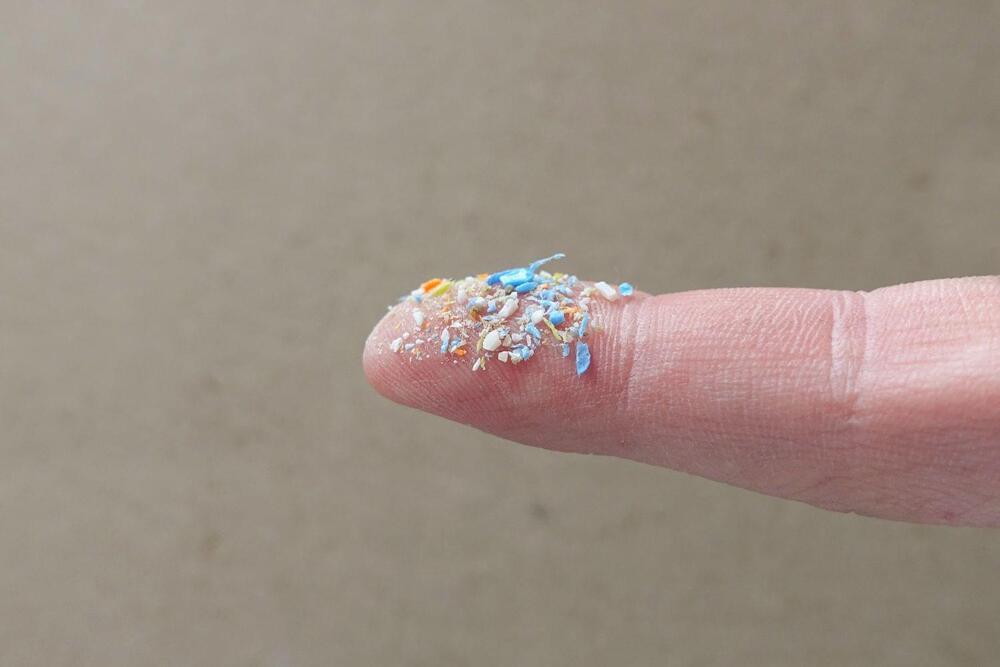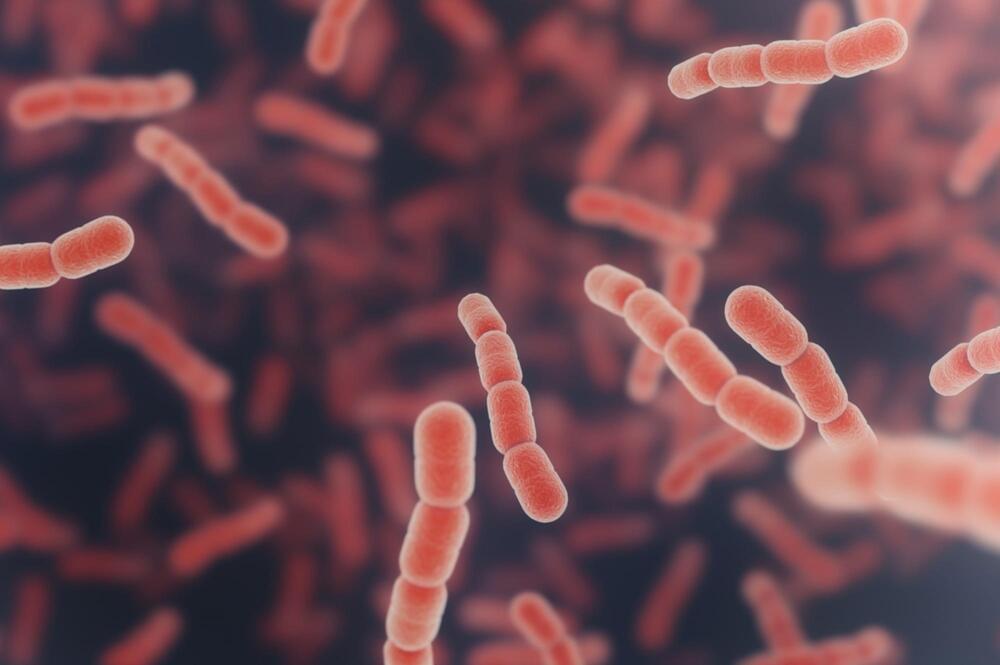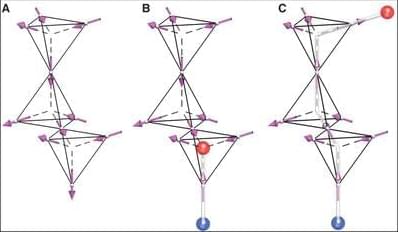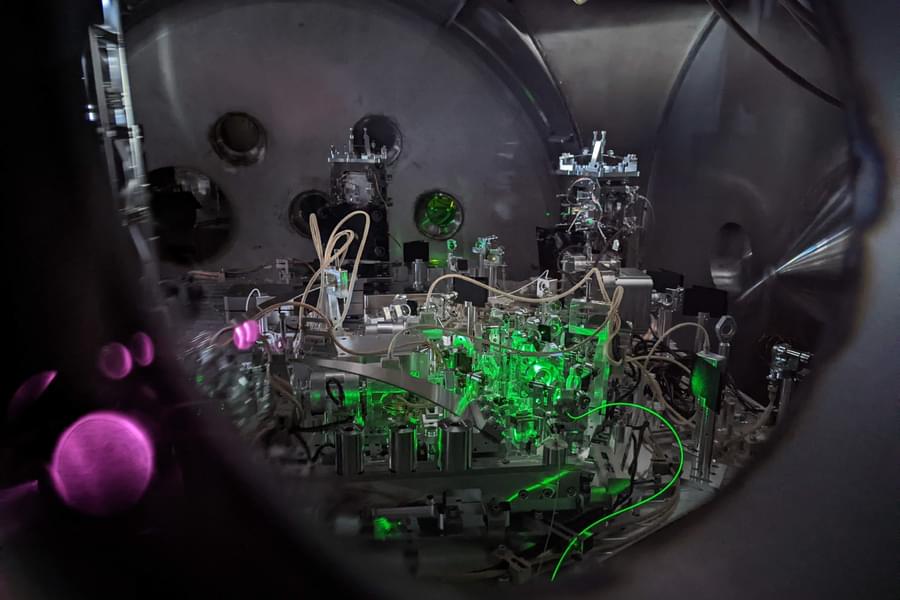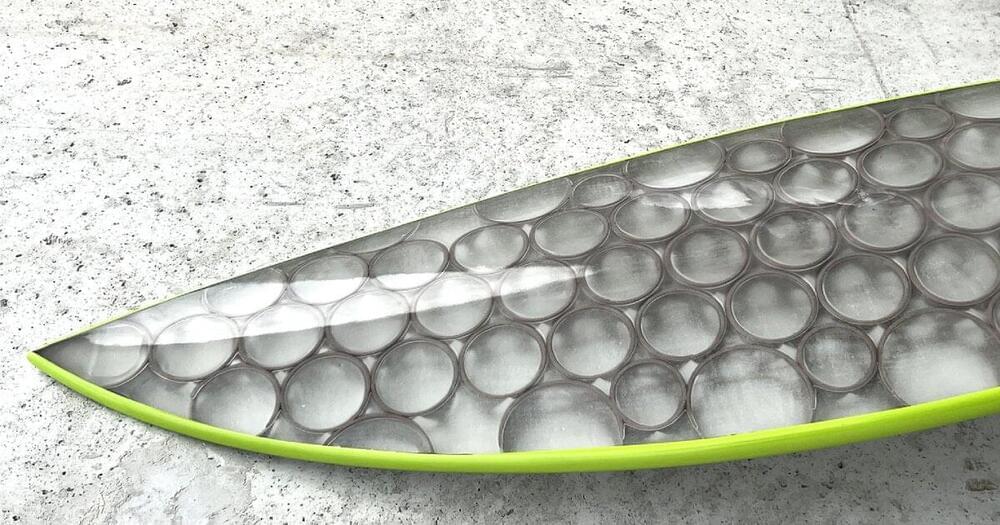According to Alphabet’s CEO, Google’s Gemini is just the first of a series of next-generation AI models that Google plans to bring to market in 2024.
With the multimodal Gemini AI model, Google wants to at least catch up with OpenAI’s GPT-4. The model is expected to be released later this year. In the recent quarterly earnings call, Alphabet CEO Sundar Pichai said that Google is “getting the model ready”.
Gemini will be released in different sizes and with different capabilities, and will be used for all internal products immediately, Pichai said. So it is likely that Gemini will replace Google’s current PaLM-2 language model. Developers and cloud customers will get access through Vertex AI.


